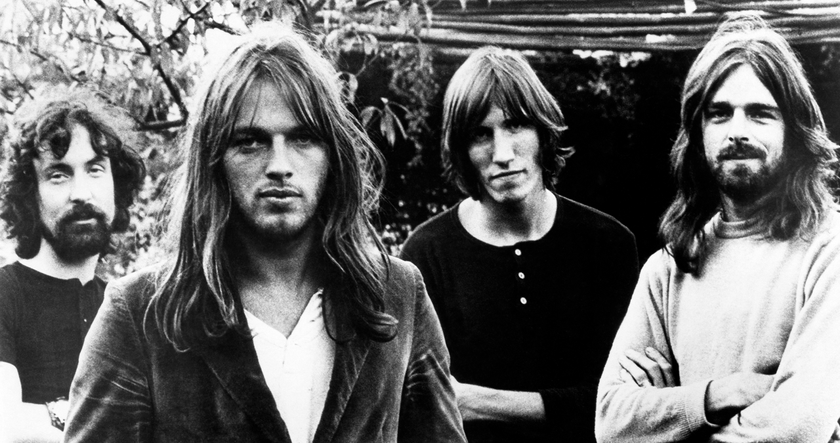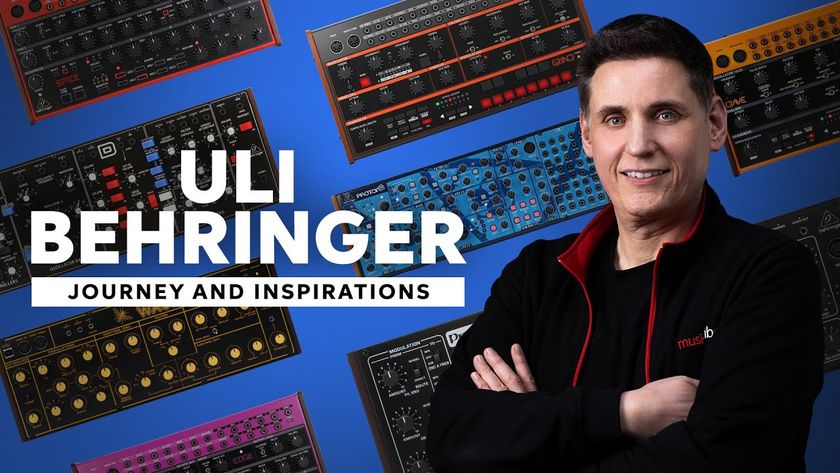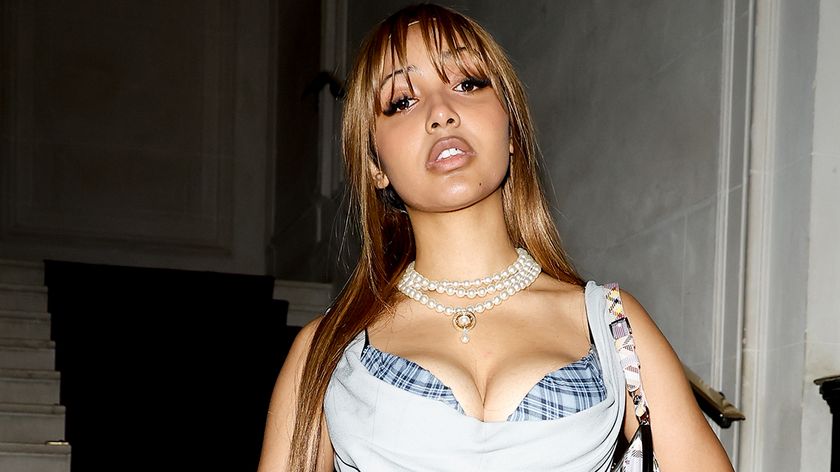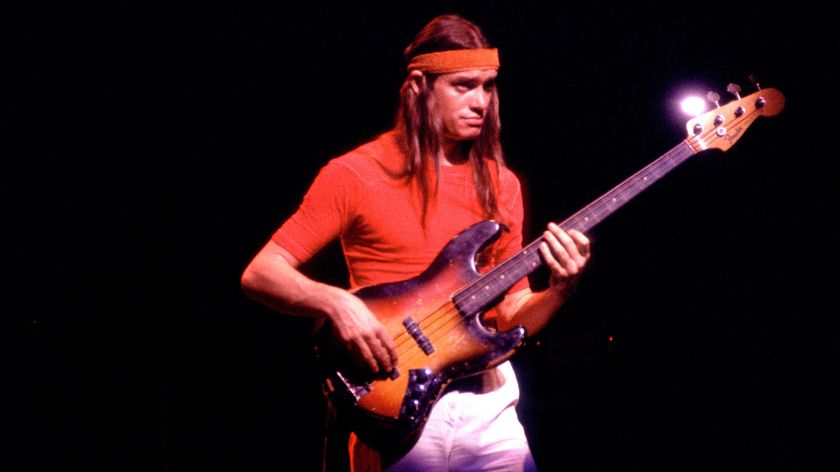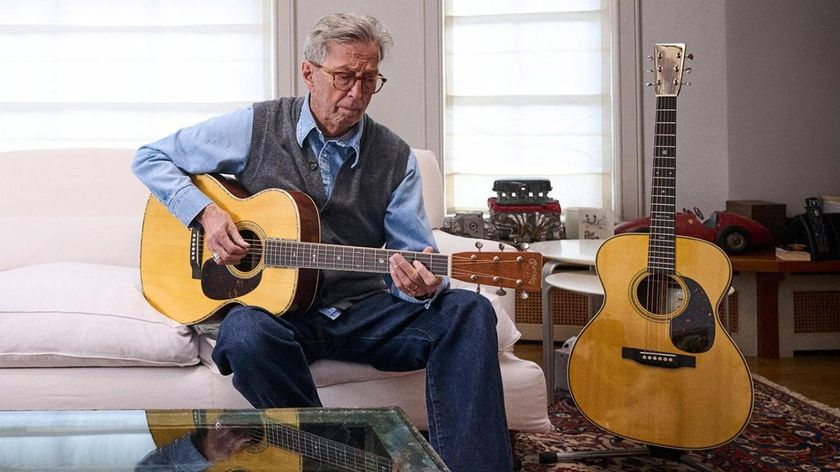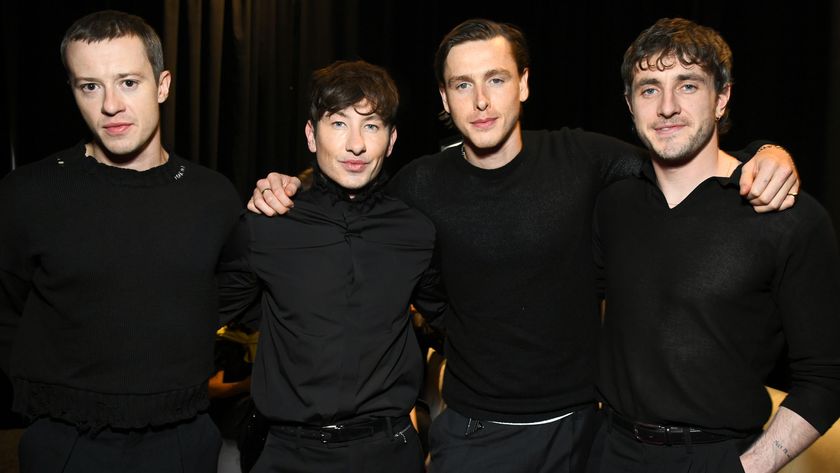Prince bass sidekick Andre Cymone: “You couldn’t tell me I wasn’t better than everybody. I was that cocky”
Growing up, ego and karmic basses

Back with a new album, 1969, former Prince sidekick Andre Cymone tells Simon Price about the bassists who shaped him, a youth spent stealing and smashing instruments, going guitar-shopping with the Purple One, and his essential kit...
Look at any footage or photographs of Prince and his band from 1978-81, and Andre Cymone is right there next to him, somehow managing to look like the second-coolest man in Minneapolis despite wearing, more often than not, a pair of see-through plastic trousers.
Cymone was always more than merely a hired yes-man in Prince’s retinue. He and Prince were childhood friends
Born Andre Simon Anderson in 1958, Cymone was always more than merely a hired yes-man in Prince’s retinue. He and Prince were childhood friends, even living together for a period, and formed their first band, Grand Central, before the shorter fella’s career took off. Cymone’s bass style proved an important factor in shaping the ‘Minneapolis Sound’, and he influenced the Prince phenomenon in all manner of unseen ways.
For example, it’s widely known - though not acknowledged on the credits - that Cymone wrote the song that became Do Me Baby, one of Prince’s biggest ballads. (And the curvy white ‘cloud’ guitar Prince plays in Purple Rain? That was originally Andre’s, too.) Between the Dirty Mind and Controversy albums, Cymone quit the Prince set-up to become a solo artist, releasing three albums, before switching his attention to production, working with artists including Adam Ant, Lipps Inc, Tom Jones, Evelyn ‘Champagne’ King, Jermaine Stewart, Tiffany and Jody Watley.
After a 28-year break from recording, Cymone released a comeback album called The Stone in 2014, and has followed it with this year’s 1969, an amiable pop-rock romp with a political edge, drawing comparisons between Trump’s America and the turmoil of the late 60s. Taking it easy in London after a short tour with Prince’s old band, the New Power Generation, he answers our questions.
How would you describe your bass style, Andre?
“Freeform. Artistic. When I first started playing bass, what I did - because I always wanted to be unique - was that I learned sax solos on the bass. It was a world of strategising, and we were always trying to find a way back then to be different from everybody else, so my thing was like, if I learn sax solos on the bass, that’s gonna give me a different style. So that was my approach.”
Get the MusicRadar Newsletter
Want all the hottest music and gear news, reviews, deals, features and more, direct to your inbox? Sign up here.
When did you start playing bass?
If you wanna be good at something, you might wanna understand what else is out there
“When I was like, three! My father was a bass player. He had an upright bass, so literally I would climb on a stool and learn James Brown songs. And I broke it. I don’t know if that’s how my parents got divorced, but from what I hear, my father came home early, and I was playing James Brown, and I heard the door, and then - smash! And he gave me the worst whupping, because it broke. And him and my mom got into an argument, and next thing I knew, we were moving. So who knows?”
Do you ever play a five- or six-string bass?
“No. I think I can do whatever I need to do with four strings. I know people who play the five-string who are really good, like Sonny Thompson from NPG, who is the most phenomenal bass player. I don’t say that lightly, because I always thought I was the best player until I heard Stanley Clarke - and then I was like, you know what? There’s somebody who’s better than me, so I’m gonna start playing other instruments! Sonny Thompson plays the five-string and he kills it, but for the style that I want, I don’t need five. I like four-strings. I like what that does.”
Trade secrets
What’s the secret of great bass playing?
“Practice. Practice. And more practice. The secret to playing bass well is not to play one style. Practise other styles. Practise rock, practise funk definitely, practise jazz… because if you wanna be good at something, you might wanna understand what else is out there, unless it’s just a hobby. If you’re doing it for real, you’ve gotta know all of it, because you might get called to do a gig that’s just about anything.”
What was your first bass?
“My first bass was a Jazz. I found it just sitting there in someone’s living room. The door was open [laughs] - and that was my first bass. It was funny because I sort of… took it. And then I lost that same bass because after a gig, I set it outside my door, and forgot it when I carried all our stuff outside, and when I went back the next day, it was gone. Karma! It’s amazing. It’s there, then it’s gone.”
Me and Prince used to go to this guitar shop called Knut Koupee in Minneapolis that they used to kick us out of, at first, because we were kids
What’s been your favourite bass to date?
“The bass that’s on a lot of the original records, such as the Time records, I still have it. It’s also a Jazz bass. All the early pictures of me with Prince, where I’m wearing the clear pants, I’ve got that bass. I have black nylon strings now, that’s the only difference. For a while I pasted on some leopard print, but I took that off. We got it a long time ago.
“Me and Prince used to go to this guitar shop called Knut Koupee in Minneapolis that they used to kick us out of, at first, because we were kids. They’d say ‘You guys don’t have any money - get out!’ And it’s true that we couldn’t afford anything, but eventually they let us play, because they’d say ‘You guys are good!’ So they let us sort of jam.
“And when we finally got some money, we went in there and Prince bought that Hohner Telecaster that he played on everything, and I bought the Jazz - even though he told a different story, and I hate to say he was wrong. The store isn’t around any more, but I think the guys are.”
What other gear do you use?
I’ve never endorsed anything, but I like Ampeg amps, the SVT ones, because they sound amazing. I also do a combination with Marshall bottoms, and I used to do a Mesa/ Boogie head. I really don’t do that much effects on bass. I have this one fuzz pedal, I think it’s a Digitech, and a Zvex Octane fuzz octaver.”
Heroes
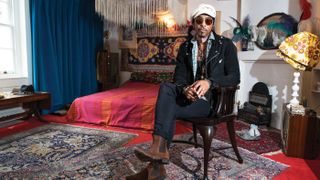
Who are your bass heroes?
“I don’t really have that many, but Larry Graham, definitely, and Stanley Clarke, because he was the one who made me decide maybe I should start playing a little more guitar [laughs]. I was a little cocky, and always took myself a little too serious. We used to do Battles Of The Bands back when we were starting out in Minneapolis, and you couldn’t tell me I wasn’t better than everybody. I was that cocky. I would literally go up to people and say ‘You ain’t shit. I could kill you on bass’. And sometimes it helps if you take yourself a little too serious, because nobody else will.
Sometimes it helps if you take yourself a little too serious, because nobody else will
“But I didn’t know that many bass players when I was first starting. I didn’t even know that Larry Graham played with his thumb, because I thought I was creating something new by doing that, until someone said ‘Oh, Larry Graham plays like that’. I went to see him play, to see if he played like that, and sure enough...”
Who’s the greatest bass player that ever lived, for you?
“I dunno if this is some kind of hometown bias, but I’m gonna say Sonny Thompson. We were in Rotterdam, with the NPG, and we played at this club called Birds, just jamming. I was on guitar, and he did this bass solo and it started out like it was gonna be bad, because he changed the time, but he completely flipped the time signature. And I was just looking at him, shocked. It blew me away. Afterwards I said to him, ‘Man, that was the most amazing bass solo I ever heard’.”
Name a song with a great bass tone.
“I don’t know if it’s Larry Graham, it might be Rustee Allen, but some of the early Sly & The Family Stone records, like ‘Skin I’m In’, there’s something about the bass tone they had back then. It had this almost rubbery aspect, like a rubber band, but it also had bottom.”
Have you ever tried to recreate it, and figure out how it was done?
“Oh, are you kidding me? Absolutely! Every time I go in the studio, I try and achieve that. I guess it’s whatever kind of compressors they used. I’m not the most technical kind of person in the studio. I have to trust engineers who know what they’re doing. The guy I did the last album with, he knew about that stuff - he’d recorded with Joe Cocker. It’s the closest I’m probably ever gonna get!”
1969 is out now on Blindtango. Photo shoot: Jimi Hendrix’s flat at 23 Brook Street, London. Thanks to handelhendrix.org.

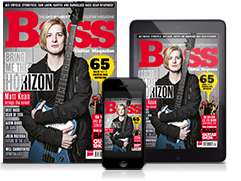
![Chris Hayes [left] wears a purple checked shirt and plays his 1957 Stratocaster in the studio; Michael J. Fox tears it up onstage as Marty McFly in the 1985 blockbuster Back To The Future.](https://cdn.mos.cms.futurecdn.net/nWZUSbFAwA6EqQdruLmXXh-840-80.jpg)
“We’re looking at the movie going, ‘Urgh! It’s kinda cheesy. I don’t know if this is going to work”: How Chris Hayes wrote Huey Lewis and the News’ Back To The Future hit Power Of Love in his pyjamas

“I thought it’d be a big deal, but I was a bit taken aback by just how much of a big deal it was”: Noel Gallagher finally speaks about Oasis ticket chaos
